Over twenty years ago, I experienced my first ever Pokémon game in the form of Pokémon Blue version. The series has played a significant role in my life, and throughout the generations I have seen the world of Pokémon grow and expand into new areas, with brand new monsters and new challenges with every game. So I jumped at the chance of reviewing one of the latest titles in the series, Pokémon Sword!
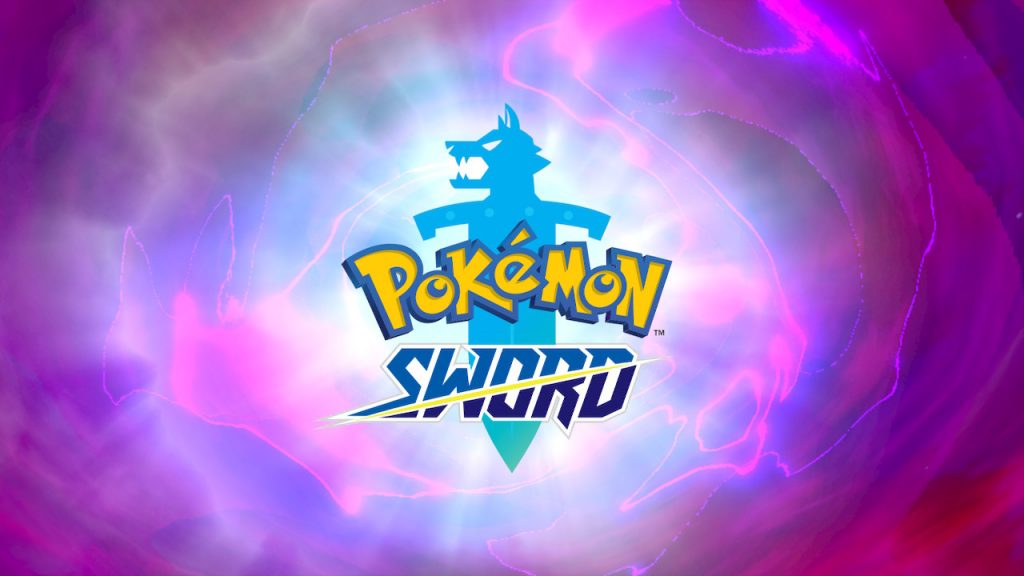
Pokémon Sword and Shield
Nintendo Switch
Developed by GameFreak
Published by Nintendo
Released: 15th November 2019
Pokémon Sword review copy provided by Nintendo
Pokémon Sword and Pokémon Shield are the latest generation of mainline pokémon games set in the Galar region. Just like most other mainline Pokémon games, your objective is to catch pokémon, build a team, collect gym badges and become strong enough to defeat the regional champion, and go on to claim the title for yourself. Along the way you will encounter new rivals, helpful allies and a wide variety of monsters from across the series, including some brand new pokémon, and Galarian forms exclusive to Sword and Shield.
The game begins in a town called Postwick, which is where your character lives along with his friend and eventual rival, Hop. An excitable Hop rushes into your house exclaiming that his brother, who just so happens to be the famed Champion Leon of the Galar region, is returning home today! Hop asks that you visit his home later to meet with Leon, promising gifts from the brother he idolises so much. Once this scene is over, you are able to navigate your home, visit Hop and eventually find Champion Leon and choose one of three starter pokémon to begin your journey with. It all serves as a nice introduction before setting off into the wide open land of Galar.
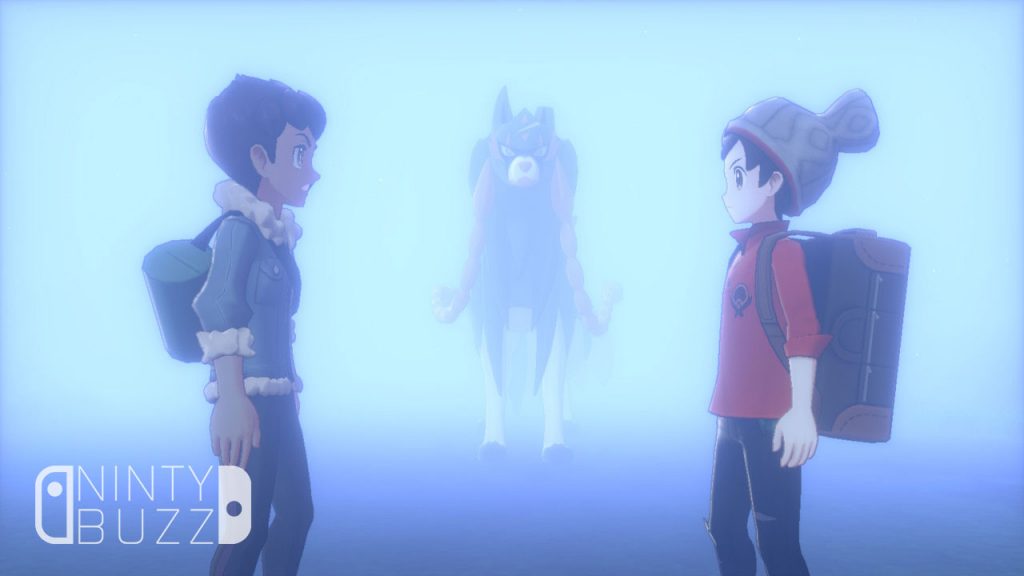
I really liked Hop as a rival, he is a character that is clearly devoted to his brother, and looks up to him with the highest regard with a determination to be just like him. But throughout the journey, you get to see a character that comes to the realisation he may not always win, and there is real growth in his character as he learns to accept this, and becomes happy and content with his own journey, rather than following in others footsteps.
There are so many great characters in the game, with big shout-outs going to Marnie and her supporters Team Yell, Professor Magnolia’s granddaughter Sonia, who you will encounter throughout the game as she researches the ancient legend of Galar, a rival called Bede who is determined to beat the gym challenge and anyone who stands in his way, and the mysterious dark gym leader Piers. But my overall favourite character was Ball Guy, who can be found at every station, and gives you a Pokéball. He will dance and take on different poses depending on where you find him. While some may find him a little strange, I will always be there for my mate, Ball Guy!
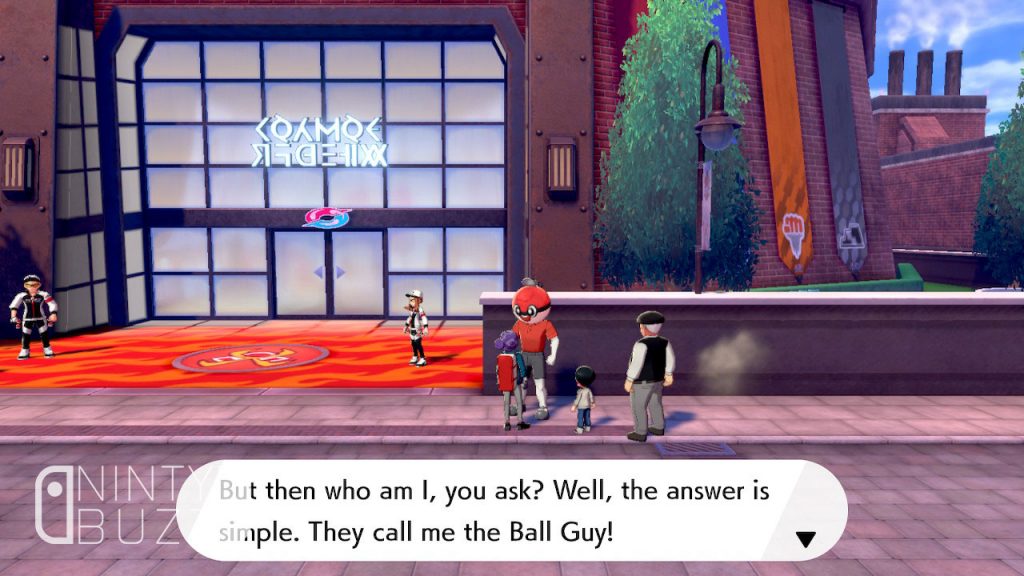
Controlling the game is fairly simple and straight-forward. You control your character using the left analogue stick, and the right allows you to move the camera in certain areas. The + and – buttons will let you mount and unmount your bicycle, and the L button resets your camera position. The A button lets you interact with objects within the game, and the X button opens up the game menu where you can save the game, access your Pokémon and check the town map. By pressing the Y button, you can open up the Y-Comm feature, which gives you access to Link trades, battles and the ability to interact with other players, both locally and online. I personally enjoyed playing on the television with a Pro Controller, and in handheld mode with no problems.
As you travel through Galar, whether that be on land, through caves or across water, you will see pokémon spawn in the overworld. This returning feature from Pokémon Let’s Go Pikachu and Eevee from 2018, is a welcome one. While this quite literally allows you to pick and choose your battles, you can also discover hidden pokémon hiding in tall grass, represented by an exclamation point (!), where you may encounter a different monster you may not have seen in the overworld. Catching pokémon is pretty much the same as it has always been, just weaken it and throw a suitable pokéball in order to capture it. Captured monsters can be added to your party or sent to storage, you can view the summary of the captured pokémon and compare it to others in your party.
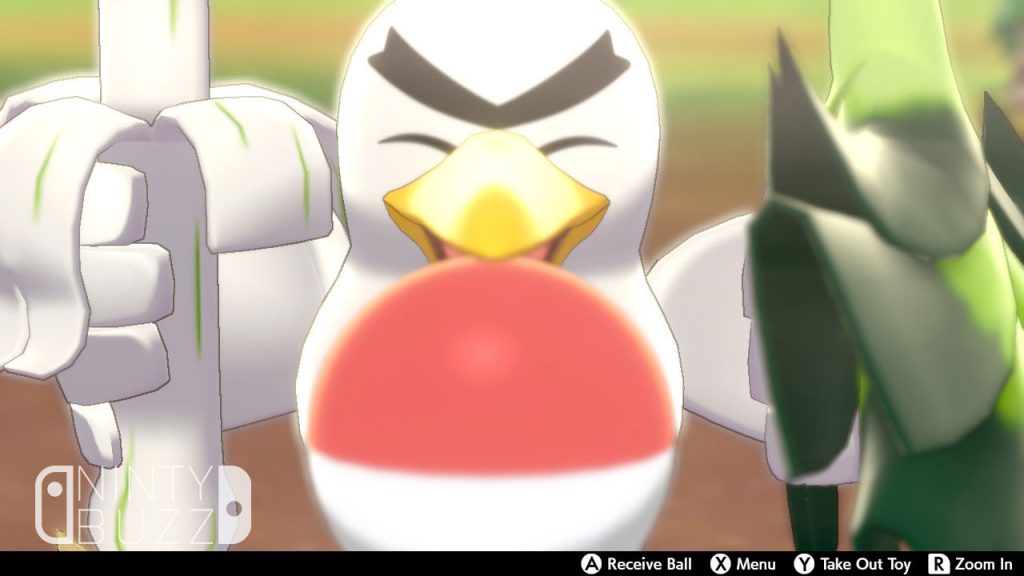
You can interact with your Pokémon by setting up camp, a new feature that lets you play with the monsters in your party, and create Curry to increase your buddies’ stats, and even encourage new Pokémon to join your party! By playing and speaking to your Pokémon, you can increase their friendship levels and experience.
Creating Curry is done by obtaining berries and special ingredients, and combining them together to create different recipes, that are logged in a special Curry Dex. There are 151 curries to create, and the more recipes you obtain, the more toys you can unlock to play with your pokémon at the camp. Depending on how effective your curry is, you can earn medals that will heal your Pokémon and raise their experience.
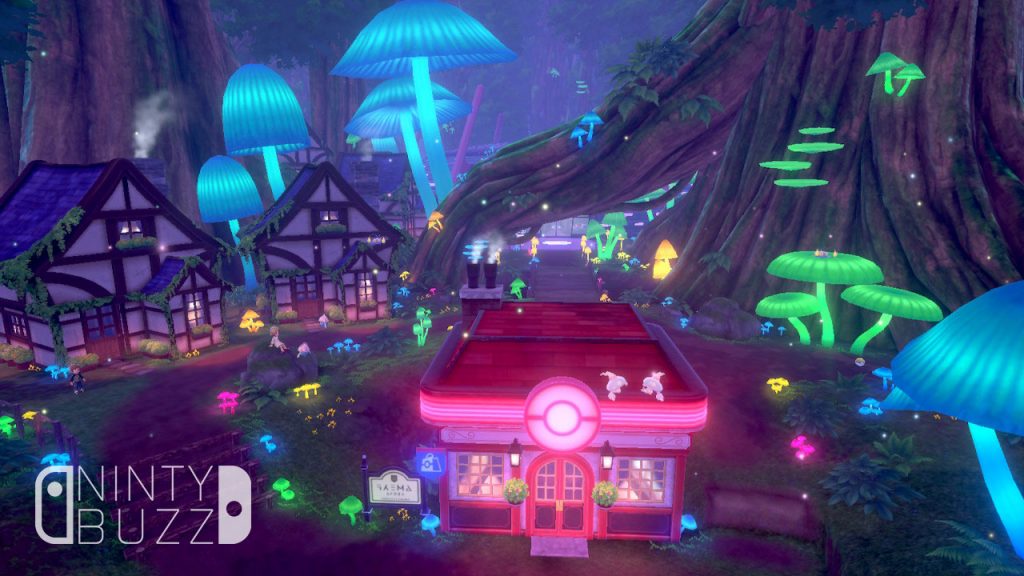
Another new addition to the game are Pokéjobs, which can be accessed from the PC in Pokémon Centres across Galar. You can send a Pokémon, or several from your party or box, and send them on jobs to boost their experience. The longer the job takes, the more rewards and experience you will receive. The timeframe for each job can range from one hour to twenty-four hours in real time. Most Pokéjobs will earn you better rewards if the Pokémon chosen is suited to the job, such as a fire type pokémon focused on cooking. You can even take on jobs that will boost specific effort values in your pokémon, allowing you to strengthen them for more competitive battles.
But why should your Pokémon get all the fun? Across Galar, you can visit boutiques to change your clothes that fits your style. You can also find salons to get a haircut, change your hair and eye colour and makeup. You can go into battles looking super fresh. I was really happy to see the huge range of customisation your character has from very early in the game. A definite plus if you’re trying to stand out from everyone else in battles online!
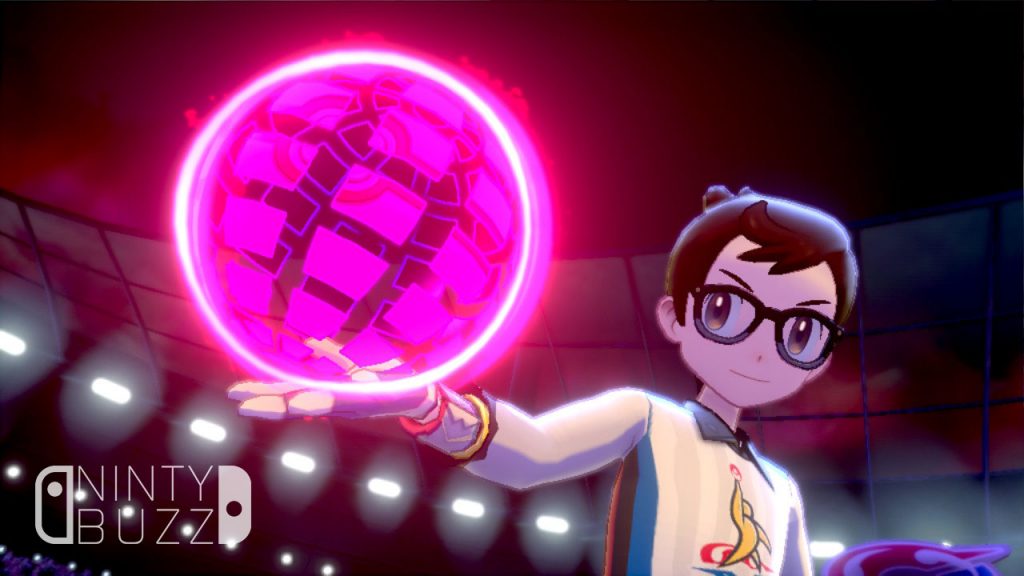
Sword and Shield introduces a couple of new battle mechanics in a big way…literally! Pokémon can now transform into HUGE and much more powerful versions of themselves, using an ability called Dynamaxing and Gigantamaxing! Dynamaxing can be performed by any pokémon, and can really alter the course of a battle, while Gigantamaxing is a special kind of Dynamax that can change the appearance of a pokémon, and become incredibly powerful. They have their own set of special moves to really pack a punch, but you can only do it once per battle, so make sure you use it wisely. Dynamaxing can only happen within stadium battles, Link Battles with friends locally or online, and in Max Raid Battles within the Wild Area.
Only certain species of Pokémon can perform a Gigantamax. They can be encountered in Max Raid battles across the Wild Area, but are quite rare. Some Gigantamax pokémon can be obtained through events, such as Meowth via the Mystery Gift feature, and if you own a copy of Pokémon Let’s Go Eevee or Pokémon Let’s Go Pikachu, you can obtain a special Eevee or Pikachu with the ability to Gigantamax respectively.
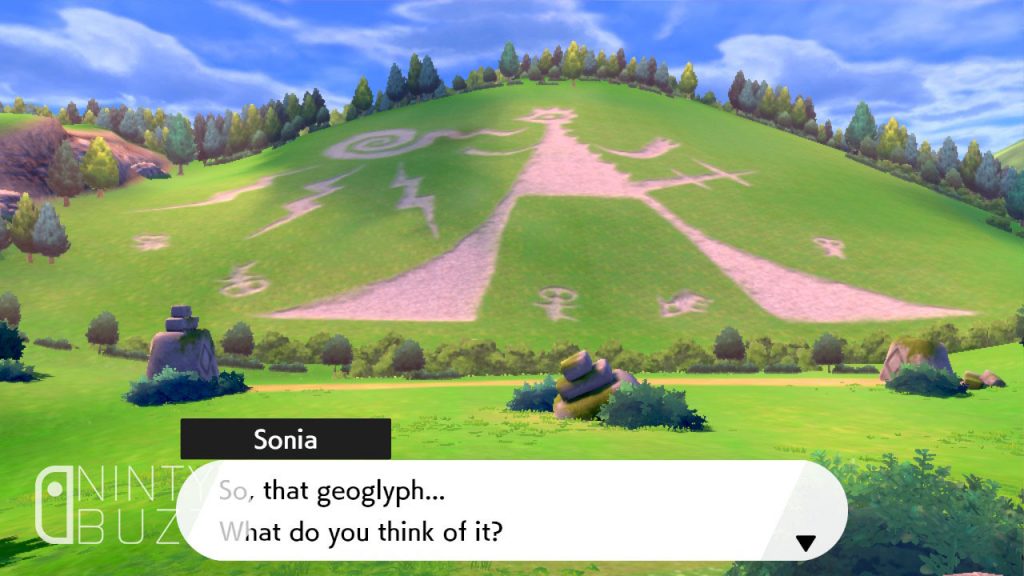
The Wild Area takes up a significant portion of the land, and is home to a huge range of powerful pokémon. While this area is completely open to you from the start, fighting the pokémon there in the early stages of the game will prove to be impossible. You must collect gym badges to capture pokémon of a certain level in order to return here and fill out your Pokédex. I found that certain pokémon tend to pop up in specific spots, so I was able to take notes of where to find certain pokémon I encountered, and capture them later once I obtained more gym badges.
I spent a ton of time in the Wild Area capturing both Dynamaxed and Gigantamaxed Pokémon, and this fun factor was increased further when I was able to play online with friends and capture these special kind of Dynamax and Gigantamax pokémon together. As an avid Pokémon Go player, I am used to meeting up with friends and taking out strong Pokémon in raid battles, and there are some similarities here. It was by far my favourite part of the game, and I truly hope we see even more of it in future games.
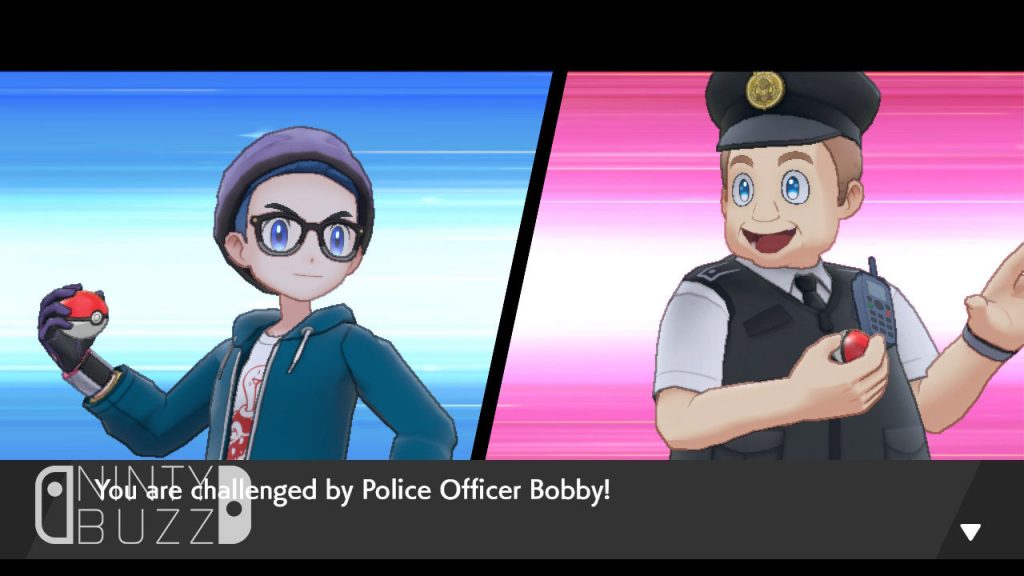
The Galar region feels like one huge connected landscape. Areas feel larger, with towns and cities enriched with plenty of accessible buildings. Some cities are so large, that they include multiple Pokémon Centres, each one with its own Pokémart built in, along with a gentleman who offers to rate your Pokémon’s nicknames, check its memories, and remember previously learned moves. Having all of this in one building, in every Pokémon Centre, is quite convenient and a big quality of life improvement compared to other games in the franchise.
There are lots of references to the United Kingdom, which the region is based upon, whether that be in the house designs and farmlands, the iconic red letter and phone boxes, or the chalk figures on the hills. Pokémon gyms are clearly based off football stadiums, and the dialogue in the game shares similarities towards many British dialects. Even some of the new Pokémon are based off British stereotypes and locations, such as Stonjourner on Stonehenge, and Polteageist which is literally a pot of tea (seriously, how much more British can you get?). For years I have been excited at the idea of a game set in the country I live, and I am very proud to finally see it happen!
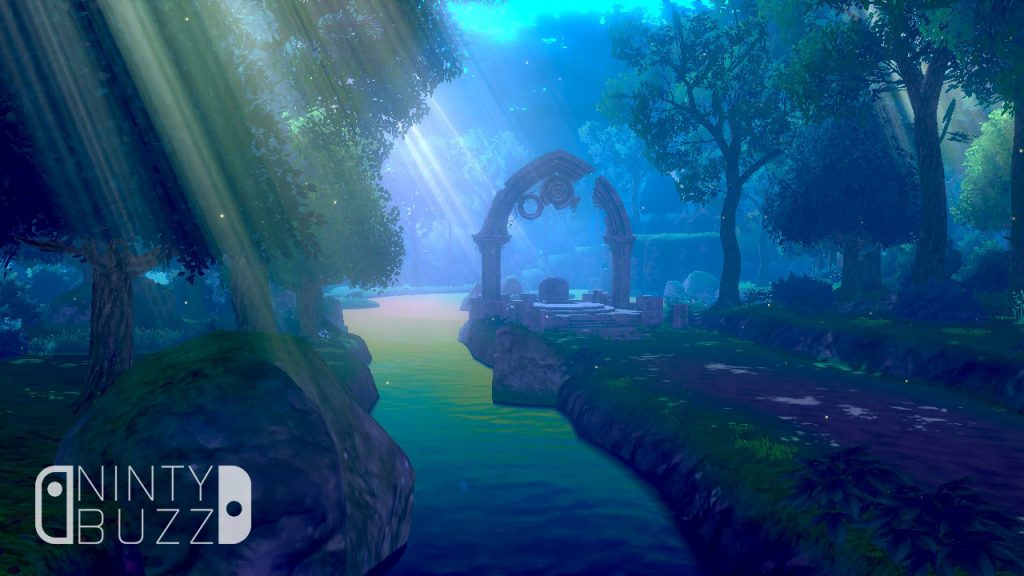
Visually, the game is a big step forward from previous titles in the series, with beautiful landscapes and some impressive battle animations. I felt that pokémon spawning in the wild could have been animated better, such as Wingull, which merely hovered around instead of flapping its wings. While the system is certainly capable of much more in terms of power and graphics, this didn’t make the game any less enjoyable, and was aesthetically pleasing.
The soundtrack to Pokémon Sword has some gems, in addition to the Gym Battle theme, which has been overwhelmingly popular online, I enjoyed the themes to Motostoke, Stow-on-Side and the battle music with Marnie. There is a stand-out track later in the game once you come face-to-face with the game’s “villain”, which feels a little out of place, but still pretty epic! I also appreciate the fact that an artist like Toby Fox exists, especially when we get a great piece of music from the Undertale creator in Pokémon Sword and Shield! Sadly, you need to wait until you’ve completed the game before you’ll have a chance to hear it in-game.
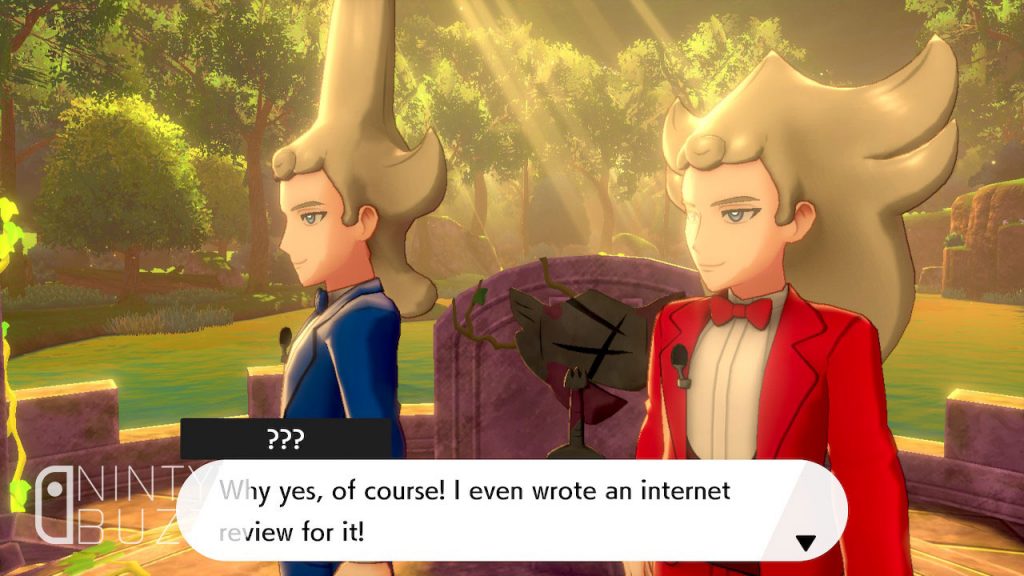
For the first time in a main line pokémon game, you can control the volume levels of music, sound effects and pokémon cries using an item called High-tech Earbuds. This item can be obtained from a man in one of the early areas of the game, Motostoke City. While I appreciated the extra flexibility to adjust the audio to my liking, I question why the item wasn’t simply a default option from the start, instead of given to you by an easily missed NPC character. It’s a very odd decision, with no real reasoning behind it.
Speaking of strange decisions, Pokémon have introduced one-use technical machines known as TR’s (Technical Record). Originally, in earlier games, a TM served this function, but were changed so they could be used an infinite amount of times. Reintroducing single use machines like this felt a bit redundant and odd.
While I have plenty of praise for the game, there were some disappointments, namely the online trading and battle features. Using codes to connect to other players was tedious and frustrating. I cannot understand why they did not include the ability to join online friends in battles and trades. Even the Nintendo Online app is incompatible. While I appreciate the attempt to give players the ability to trade and battle without the need of a friend code, I would have preferred to access my friends list and invite them to a trade or battle.
Around 50% of the time, I struggled to even make a connection to my friends at all, and if someone else happens to have the same four digit code you have inputted, you run the risk of trading away a prized pokémon unless you are playing very close attention to who you have connected with, which is difficult because the trainer name is hidden behind a menu as soon as you enter a trade, and can only be seen if you navigate out of it.
Once you have completed the game, there isn’t a huge amount of post-game content, but you do get to battle and capture the games legendary Pokémon Zacian and Zamazenta (game specific). The Battle Tower makes a welcome return, a place where you can challenge more challenging trainers in succession. This time around, the Battle Tower features a tier system, ranging from Beginning Tier, all the way up to Master Ball tier. Your position is determined by the success you have in this post-game challenge.
Completing challenges within the tower allows you to obtain mints, which, in conjunction with specific berries found across the land, can adjust your pokémon’s stats, allowing you to max out your favourite Pokémon without the need of breeding for the correct nature. This is a great quality of life improvement that will be massively appealing to hardcore fans who are seeking the strongest possible pokémon in competitive battles.
Pokémon Sword and Shield are a fun and enjoyable experience that fans of the series will enjoy. The game is a more enjoyable experience when you can share it with friends locally or online, and there are some great features I would love to see return in future games. There are some decisions GameFreak made that puzzle me however, and I can’t help but feel that with more time, they could have created an even better experience. Overall, the game is still a must own title for Nintendo Switch!

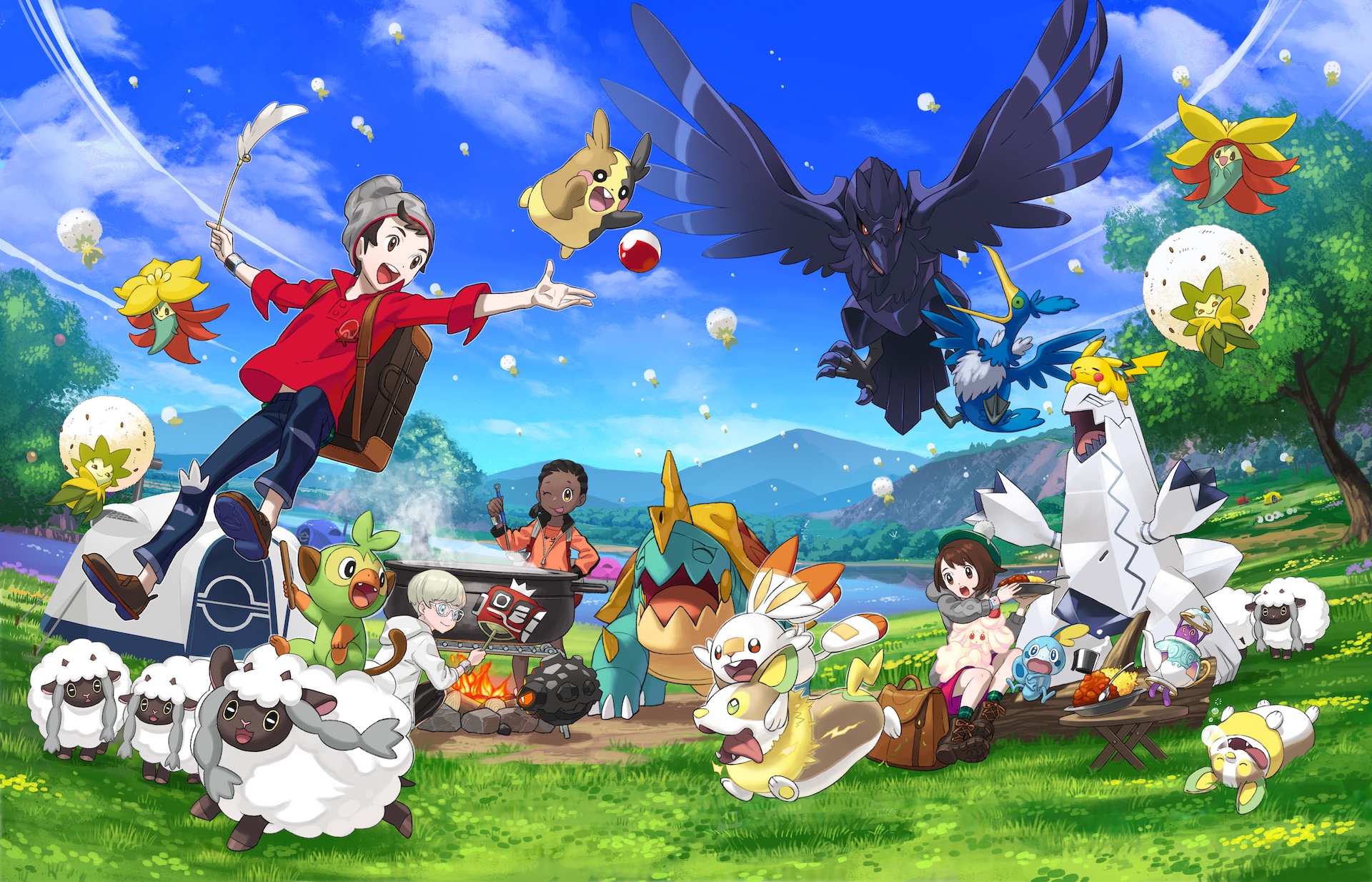
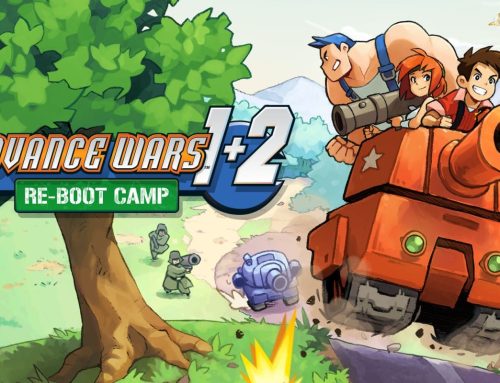
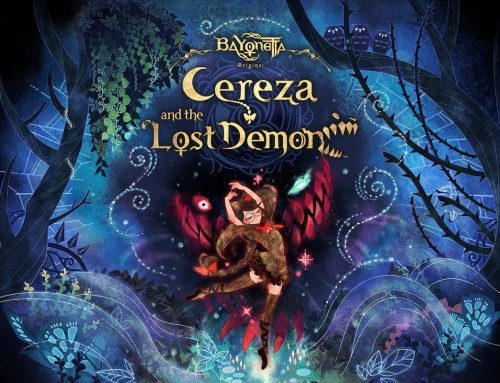
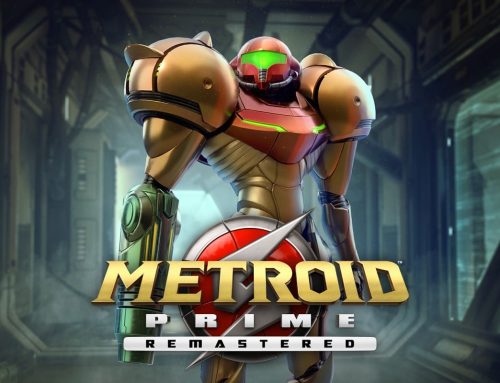
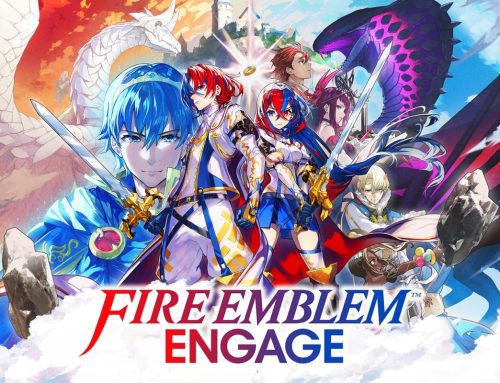
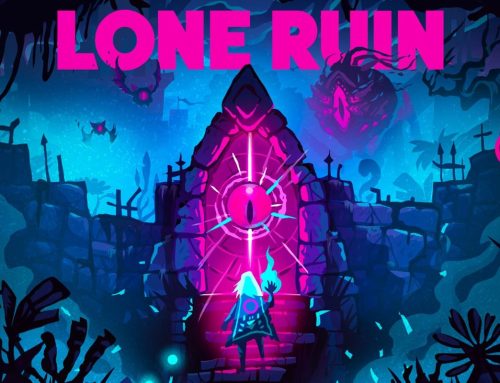
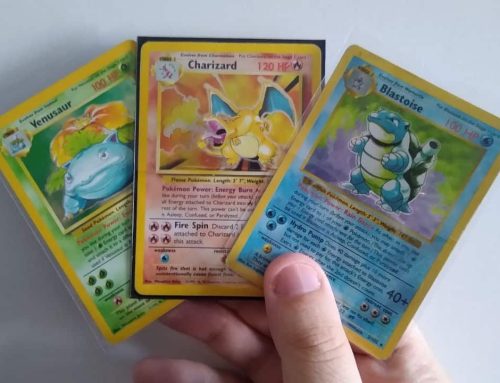
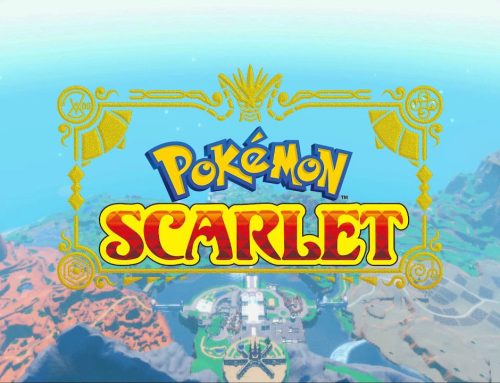
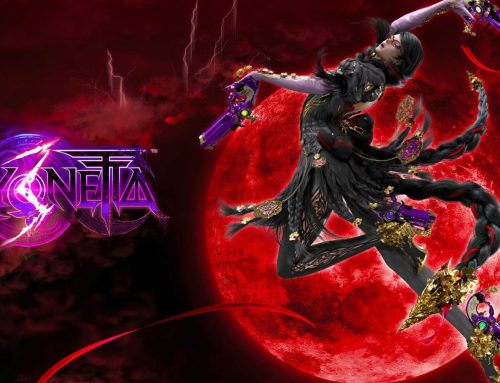
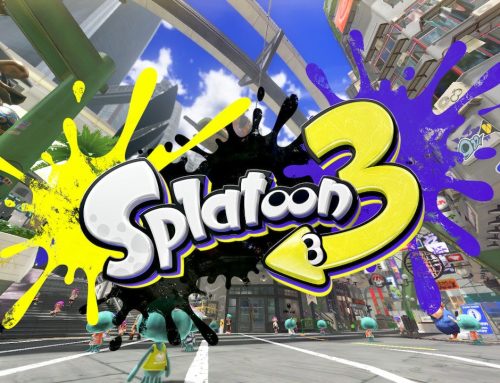
Leave A Comment
You must be logged in to post a comment.